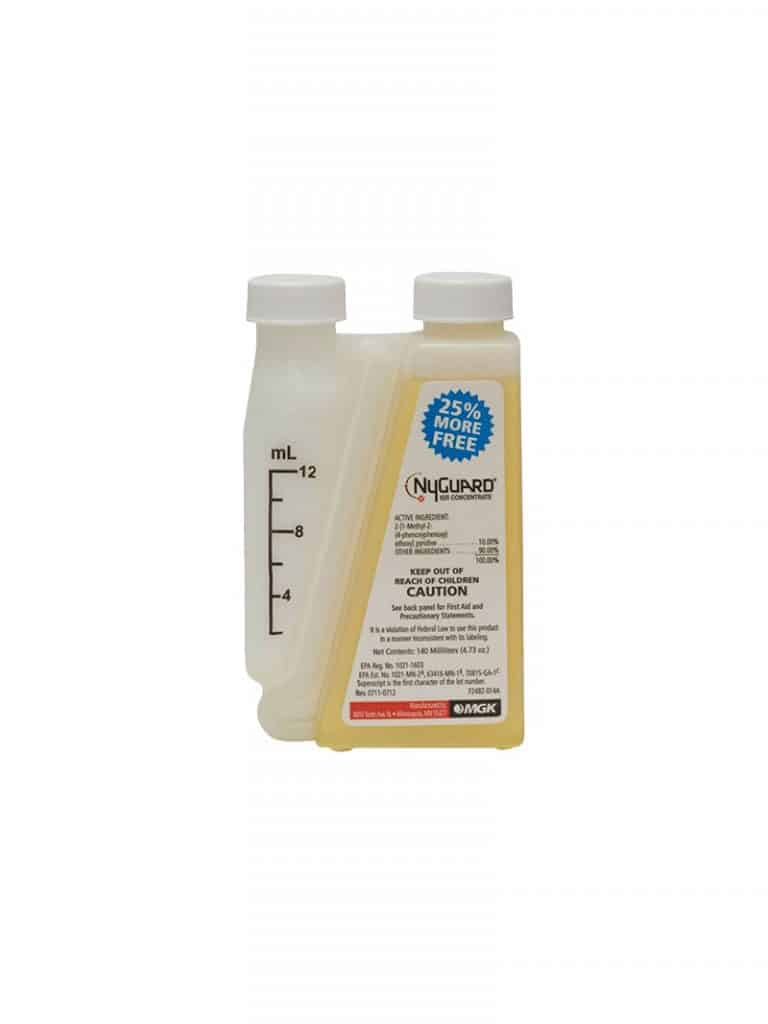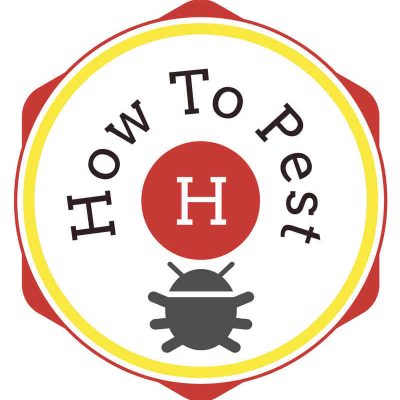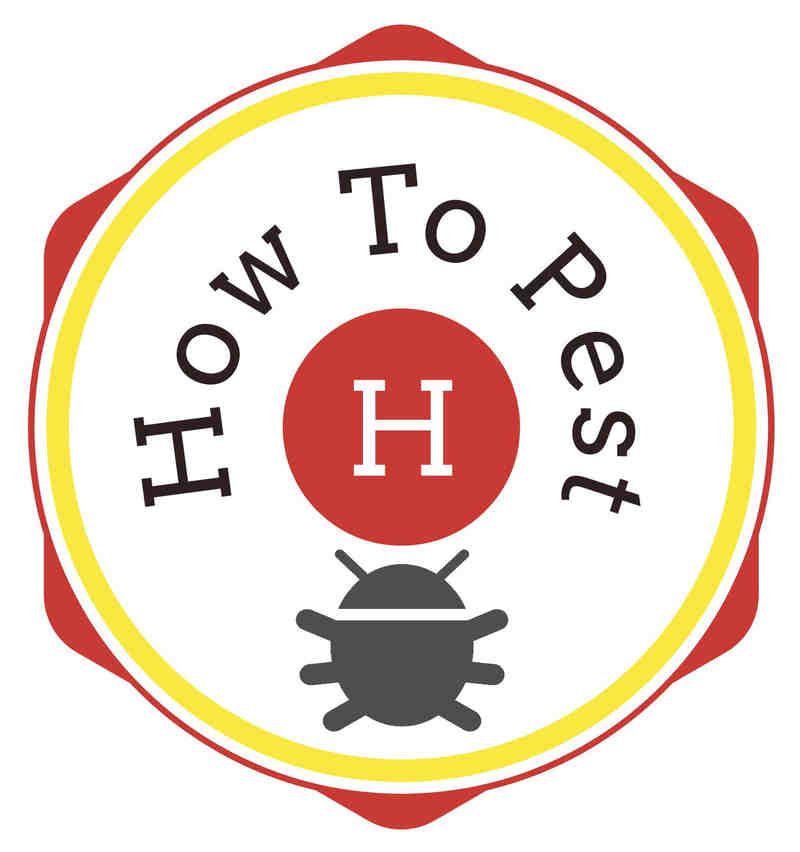It is tick season, peeps, and you know what that means, don’t ya? It means the ticks are out in full force. Actually, depending on the tick species, there can be tick activity year-round, but like many of their other arachnid friends and family members, they like the warmer weather which makes it seem like there are more coming out to play.
Deer ticks, also known as blacklegged ticks, have a U-shaped back with an abdomen that is a dark reddish-brown in color when it is hungry but gets even darker when it has a belly full of your blood. They also have…wait for it…black legs, just like their nickname implies, shocking, I know. Adult ticks can range from 2 to 6 millimeters but when they are engorged, can balloon up to ¼ to ⅔ of an inch in diameter. SO GROSS.
Deer ticks are the notorious carriers of the Lyme disease bacteria, and even though not all ticks carry it, there are some areas where more than 50 percent of ticks are infected with it. And while they’d prefer to feed on larger animals, like deer (another shocker!), they won’t hesitate to latch on to human food sources, and it is during these blood meals that ticks can pass Lyme disease and other life-threatening diseases onto their hosts.
Ticks like to hang out in wooded areas and fields on shrubs and bushes and in tall grass where they patiently wait for potential hosts to cruise on by. They don’t fly or jump and simply hitch a ride on an unknowing host when they brush against whatever the tick is hanging out on. Wooded areas are dense with ticks, but ticks are also common around homes and buildings in secluded or rural areas.
There are a number of ways that ticks can make their way into your home, including your beloved pet or mice that also make your house their home. If your pet has ticks, your home has ticks, which also means that your yard has ticks. You are basically hosting a blood-sucking, disease-spreading tick rave.
How To Get Rid of Deer Ticks
So, what to do? Well, they aren’t called deer ticks for nothing! Keep the deer out of your yard. You know how those milkshakes bring all the boys to the yard, well, deer are going to bring the deer ticks to your yard, too. Keep them out! Also, clear out any space around sheds or woodpiles, or anywhere else that tick-infested mice might like to hide. If you have a significant deer population in your area, there are deer-resistant plants or fencing that might be what you need to keep them away.
Then, it is time to get busy treating your pet, your home, and your yard. Ticks are no joke, and the most effective measures include treating all three. Start with your pet. Whatever type of furball you call your fur baby is going to need a good, tick-ridding scrubbing. This might not be your idea of a good time, but I promise, Lyme disease is worse. So get busy.
Next up is your home. There are a number of tick products that are safe to use indoors. Click HERE to check them out. Some are for use around doors, window frames, and along baseboards, while others, like the ones found HERE can be used on carpets, furniture, pet bedding, and other fabric-y areas.
Once you’ve scrubbed your pet clean and have treated the inside of your home, your yard is next. Click HERE to check out the products we’d recommend for treating the area outside your home.
This trifecta of treatments: your pet, home, and yard is the best course of action against ticks. But if you aren’t sure and want to talk to one of our highly trained, professional tick-removing specialists, hit us up. HowToPest.com is here for all of your tick-related needs.






